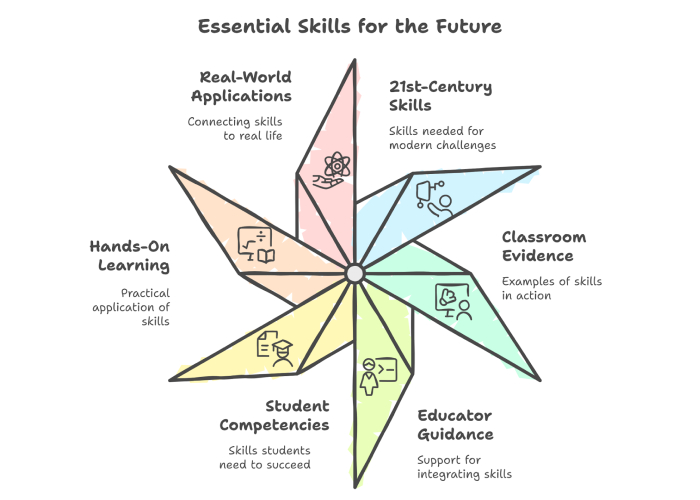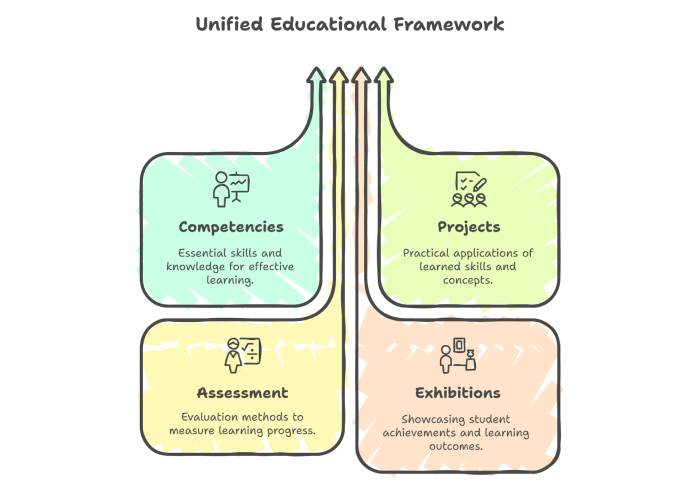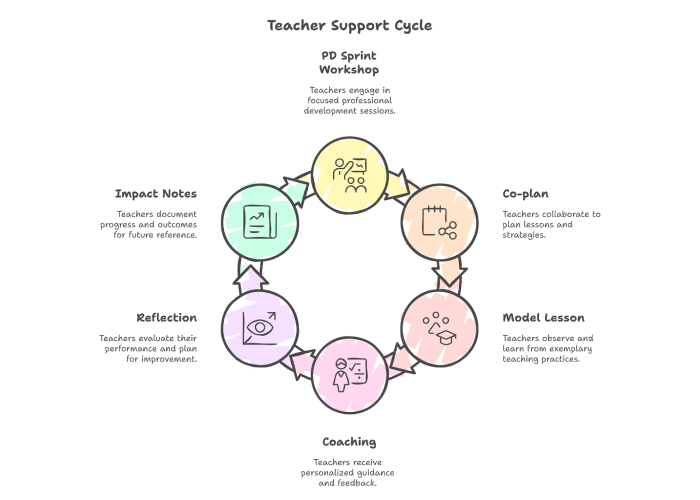Experiential Curriculum Design
- Home
- /
- Experiential Curriculum Design
Experiential Curriculum Design for Future‑Ready Learners: A Practical Playbook for Indian Schools
Introduction: From quiet rows to buzzing studios
If you step into a classroom where children are designing a simple windmill, arguing politely about blade angles, and then testing their ideas out on the terrace, you can feel what experiential curriculum design does to learning. It changes the temperature of the room as it turns content into capability. For schools in India navigating shifting careers, new technologies, and the NEP’s emphasis on skills, this approach is not only decorative but also decisive.
NatureNurture partners with schools to build holistic learning ecosystems that integrate real‑life themes, financial literacy, technology, and values across disciplines. The north star is simple and audacious: eliminate unemployability by nurturing 21st‑century skills and dispositions. That mission frames the practical guidance that follows for school owners, curriculum heads, and educators seeking future‑ready classrooms.

Why experiential curriculum design now
Traditional, note‑heavy instruction struggles to prepare learners for roles that barely exist today. Whereas a transdisciplinary, experience‑rich curriculum does better because it connects knowledge with context, reflection, and action. NatureNurture’s K‑12 work with 350+ partner schools shows the effectiveness of hands‑on, inquiry‑driven learning, aligned across boards such as CBSE, ICSE, Cambridge, and IB. The outcome is not only higher in engagement, it is also a pipeline of adaptable, empathetic, and enterprising young people who can solve authentic problems.
This model speaks directly to school owners’ priorities like relevance, retention, and readiness. It is also deeply aligned with the NEP direction on competency‑based education for the schools that transition early and build an institutional habit of adaptability.
From vision to timetable: designing the ecosystem
Map outcomes to skills and values
Begin with a clear portrait of the graduate. List the competencies your learners will demonstrate, like critical thinking, collaboration, digital literacy, resilience and map them to units, projects, and assessments. NatureNurture’s curriculum philosophy foregrounds life skills and values alongside academics for schools that codify these up front, avoid bolting them on as afterthoughts.
Build transdisciplinary projects and makerspaces
Design projects that cross subject walls, for instance, a ‘Clean Energy at School’ project can weave physics, geography, and entrepreneurship. Makerspace experiences pinwheels to programmable bots, turn abstract concepts into visible prototypes, which children can learn by doing, explaining, and iterating. The point is not more activity for activity’s sake, but it is purposeful construction of understanding.

Shift to competency‑based assessment and reflection.
Use rubrics that privilege application, collaboration, and ethical reasoning, not only correctness. Learner journals, exhibitions, and student‑led conferences make learning public and reflective. This is where values meet evidence. Employers call these soft skills, but in schools, they are teachable, observable competencies.
Quick design checklist for leaders
-
Clarify 6–8 priority competencies
-
Plan two long‑arc projects per term.
-
Add reflective routines to every unit.
-
Schedule one public product showcase per term.
Empowering educators and integrating technology responsibly
Professional development that sticks
Teachers carry the approach and invest accordingly. Blend workshops with coaching, model lessons, and co‑planning cycles. NatureNurture’s approach emphasises empowering educators with resources, facilitation strategies, and ongoing support. When teachers feel confident, students experiment more, fail safely, and think aloud more often.
Digital learning that serves pedagogy
Adopt technology as an enabler, not a distraction. Collaborative platforms, simulations, and lightweight creation tools expand access and voice. They should be chosen to deepen inquiry, widen participation, and provide timely feedback. NatureNurture integrates digital experiences within broader pedagogy, including mobile innovation labs. The test is simple: if a tool does not amplify the learning goal, it does not belong.

Measuring impact and sustaining change
School transformation programmes and partnerships
Treat the shift as a school‑wide programme rather than an isolated pilot. Establish cross‑functional teams, academic leads, operations, and parents to remove friction, track milestones, and celebrate wins. NatureNurture positions itself as a long‑term partner to co‑design, customise, and sustain improvements. This partnership model protects quality while you scale.
Families and community as co‑educators
Invite families to showcases and community problem‑solving drives. When students present data dashboards on local water use or a budget for a maker’s fair, they practise communication and stewardship. The message is clear: learning is real, shared, and useful.
Conclusion: Start small; signal big
Choose one year group, two purposeful projects, and a coaching plan. Communicate the ‘why’, allocate time, and honour teacher effort. Experiential curriculum design is not a fad; it is a disciplined way to transform young learners into agents of change and leaders of tomorrow. If you would like a co‑pilot for this journey, NatureNurture’s team can help you plan, train, and measure step by step, school by school.
©2025 NatureNurture

